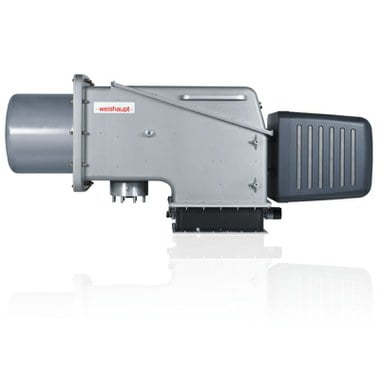
Safety First: A Checklist for Gas-Fired Industrial Burners
Industrial burners are the workhorses of many industries, providing essential heat for diverse applications. While their power delivers results, their operation demands utmost safety awareness. To ensure everyone stays safe, regular inspections and meticulous attention to detail are paramount. This blog provides a comprehensive checklist to help you maintain the safety of your gas-fired industrial burners:
Before Ignition:
- Visual Inspection: Conduct a thorough visual inspection of the burner, gas lines, and surrounding area for leaks, loose connections, damaged seals, or debris. Pay close attention to hoses, valves, and control panels.
- Leak Detection: Utilize a gas detector approved for the specific gas type to check for any leaks around connections, valves, and hoses. Even minor leaks can pose significant safety hazards.
- Safety Devices: Verify all safety devices, including ignition safety interlocks, flame failure protection systems, and emergency shut-off valves, are operational and have undergone recent testing.
- Clearance Check: Ensure proper clearance between the burner and surrounding combustible materials is maintained to prevent accidental fires. Consult manufacturer guidelines for specific clearance requirements.
- Ventilation: Verify adequate ventilation is present to remove combustion products and prevent gas build-up, which can pose an explosion risk. Follow all ventilation system regulations and ensure proper airflow.
During Operation:
- Personnel Training: Ensure all personnel operating the burner are properly trained and understand the specific safety procedures and emergency protocols.
- Flame Monitoring: Continuously monitor the flame visually or through automated systems to ensure proper combustion and identify any abnormalities. Be alert for signs of incomplete combustion, excessive smoke, or unstable flames.
- Pressure Check: Monitor gas pressure gauges to ensure they remain within the manufacturer’s specified range. Deviations from the recommended pressure can lead to inefficient combustion and safety risks.
- Temperature Control: Monitor and regulate combustion temperature according to the process requirements. Overheating can damage equipment and pose safety hazards.
- Emergency Preparation: Keep fire extinguishers suitable for gas fires readily accessible and ensure personnel are familiar with their proper use.
After Operation:
- Cooling Down: Allow the burner to cool down completely before conducting any maintenance or adjustments.
- Valve Shut-off: Ensure all gas valves are properly closed and locked out to prevent accidental ignition.
- Maintenance Log: Maintain a detailed log of all inspections, maintenance activities, and safety checks performed on the burner. This log serves as a valuable record for future reference and ensures consistent safety practices.
Additional Tips:
- Regularly consult manufacturer’s manuals and safety guidelines for specific instructions and maintenance procedures related to your particular burner model.
- Invest in regular preventative maintenance by qualified technicians to ensure all components are functioning optimally and potential safety issues are identified and addressed promptly.
- Encourage a culture of safety within your workplace by fostering open communication and reporting any safety concerns immediately.
By diligently following this checklist and prioritizing safety procedures, you can ensure the safe and efficient operation of your gas-fired industrial burners. Remember, safety is not an option; it’s a constant commitment that requires active participation from everyone involved.
